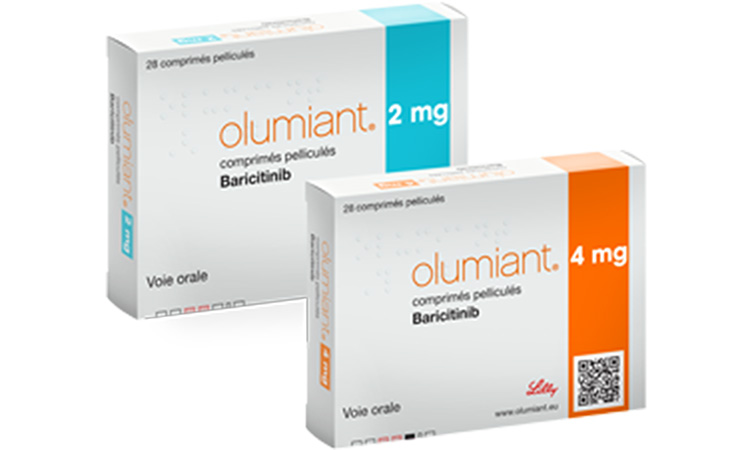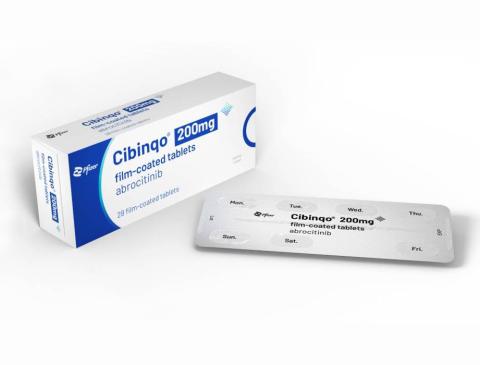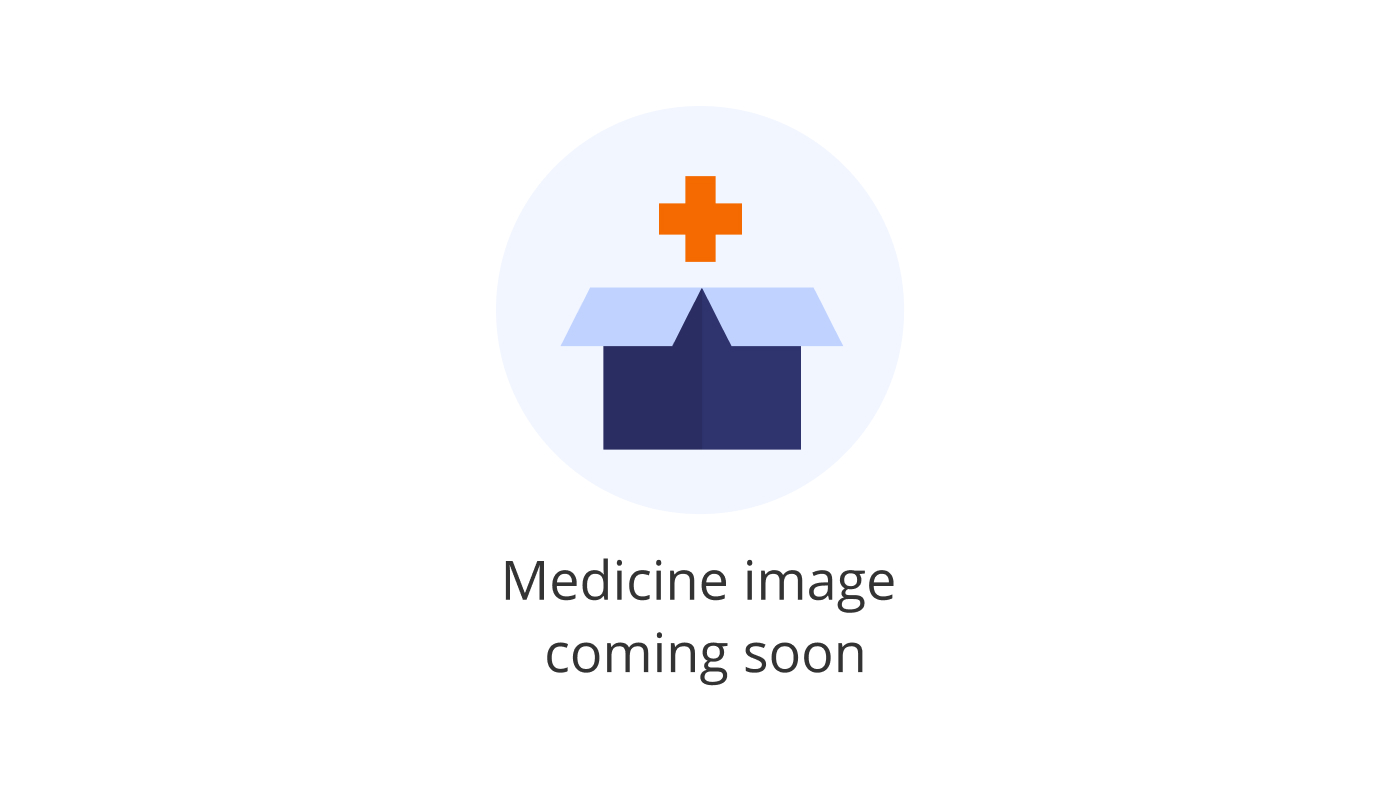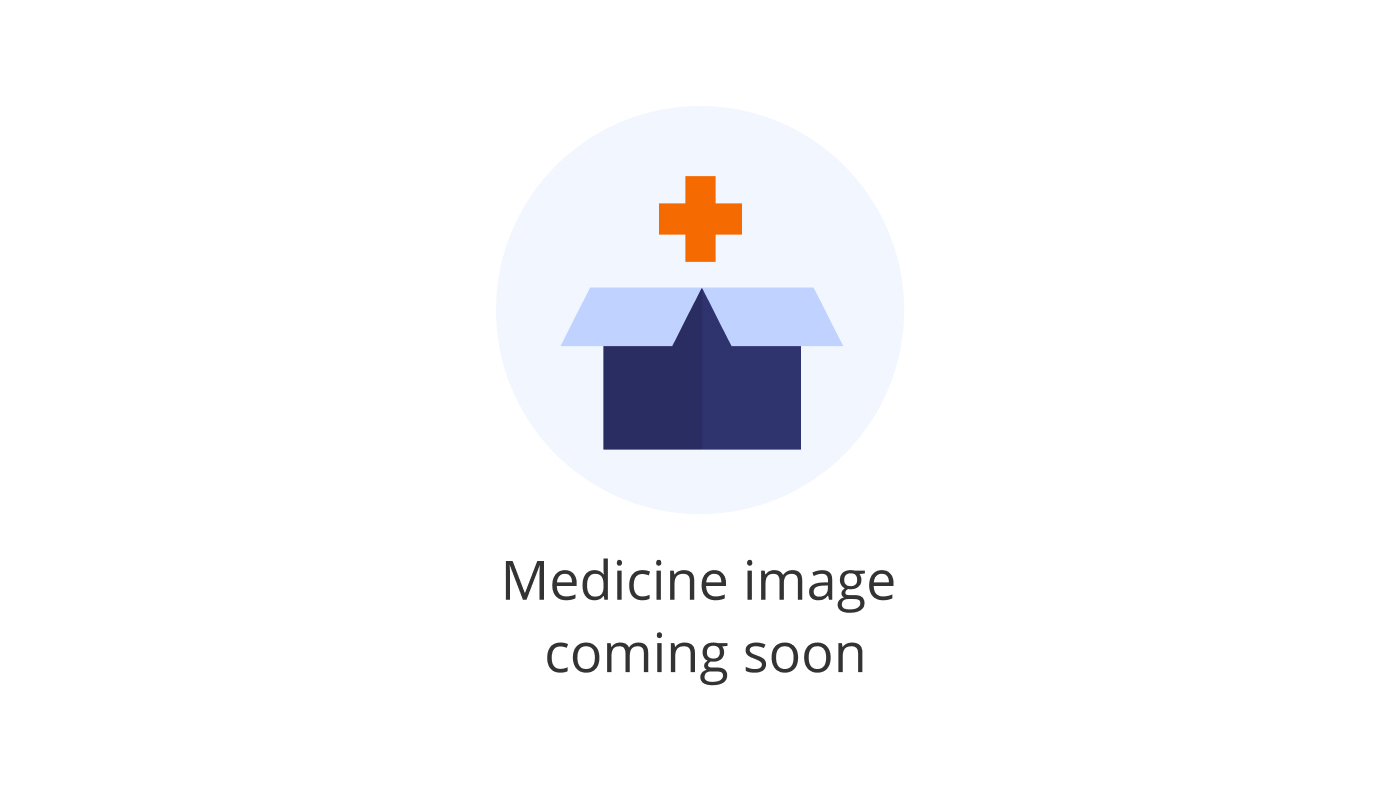New Atopic dermatitis treatments 2024
New Atopic dermatitis Treatments 2024
Atopic dermatitis, commonly referred to as eczema, is a chronic inflammatory skin condition characterized by itchy, red, and swollen patches on the skin. It is a common ailment that can affect individuals of any age, though it often begins in childhood and can persist into adulthood or resolve over time. The exact cause of atopic dermatitis is unknown, but it is believed to be linked to genetic factors, immune system dysfunction, environmental triggers, and skin barrier defects. Individuals with atopic dermatitis may experience flare-ups in response to certain irritants or allergens, and the condition is often associated with other atopic disorders, such as asthma and allergic rhinitis. Managing the condition typically involves a combination of skincare routines, avoiding triggers, and medical treatments to control symptoms and prevent infections.
When considering treatment options for atopic dermatitis, patients have a range of choices, including topical medications, systemic treatments, and biologic drugs. Topical corticosteroids are commonly prescribed to reduce inflammation and are available in various strengths, while topical calcineurin inhibitors are another option that can help manage inflammation without the potential side effects of steroids. For moderate to severe cases, systemic treatments such as cyclosporine, methotrexate, or mycophenolate mofetil may be considered. Recently, biologic drugs like dupilumab have been approved for use and target specific pathways in the immune system to control the inflammatory response. It is crucial for patients to consult with a healthcare provider to determine the most appropriate treatment plan based on the severity of their condition, response to previous treatments, and any other underlying health issues.

Treatment options
| Treatment option | Estimated cost | Efficacy | Eligibility |
|---|---|---|---|
| Topical corticosteroids | $5 - $50 | Effective for reducing inflammation and itching | Widely used for most patients with mild to moderate atopic dermatitis |
| Moisturizers/emollients | $10 - $100 | Effective for maintaining skin hydration | Suitable for all patients, often used in conjunction with other treatments |
| Topical calcineurin inhibitors | $100 - $300 | Effective for reducing inflammation without the side effects of steroids | For patients who do not respond to or cannot use topical corticosteroids |
| Antihistamines | $5 - $25 | May help with itching, but not a primary treatment for skin inflammation | Commonly used for symptomatic relief of itching |
| Systemic corticosteroids | $20 - $200 | Effective for short-term flare control, but not recommended for long-term use | Reserved for severe cases not responsive to other treatments |
| Dupilumab (Dupixent) | $2,500 - $3,000 | Highly effective for moderate to severe atopic dermatitis | Approved for patients with moderate to severe atopic dermatitis not well controlled with topical therapies |
| Phototherapy | $100 - $500 | Effective for many patients with moderate to severe conditions | Suitable for patients with widespread atopic dermatitis or when topical treatments are ineffective |
| Olumiant (baricitinib) | $2,000 - $2,500 | Effective for some patients with moderate to severe atopic dermatitis | For adult patients who have not responded to other systemic therapies |
| Cibinqo (abrocitinib) | $2,000 - $2,500 | Effective for some patients with moderate to severe atopic dermatitis | For adult patients who have not responded to other systemic therapies |
| Adbry (tralokinumab) | $2,500 - $3,000 | Effective for some patients with moderate to severe atopic dermatitis | For adult patients with moderate to severe atopic dermatitis not well controlled with topical prescription therapies or when those therapies are not advisable |
| Opzelura (ruxolitinib cream) | $1,300 - $1,500 | Effective for some patients with mild to moderate atopic dermatitis | Approved for non-immunocompromised patients aged 12 years and older with mild to moderate atopic dermatitis |
| Experimental treatments | Varies | Varies, as these treatments are still under investigation | Typically available only to patients enrolled in clinical trials |
Treatments options in detail
Topical Corticosteroids
Topical corticosteroids are the cornerstone of atopic dermatitis treatment. They reduce inflammation and alleviate itching. These medications come in various potencies, from mild over-the-counter hydrocortisone to stronger prescription-only options. Long-term use can cause side effects such as skin thinning, so they should be used as directed by a healthcare provider.
Moisturizers
Moisturizers are an essential part of managing atopic dermatitis. They help repair the skin barrier and reduce dryness and itching. Regular application of moisturizers can also reduce the need for topical corticosteroids. Products containing ceramides and hyaluronic acid are often recommended for their barrier-restoring properties.
Topical Calcineurin Inhibitors
Topical calcineurin inhibitors, such as tacrolimus and pimecrolimus, are non-steroidal treatments that reduce inflammation and itch. They are particularly useful for sensitive areas such as the face and neck. These agents have a lower risk of causing skin thinning compared to topical corticosteroids but can cause a burning sensation upon application.
Antihistamines
Antihistamines, especially sedating types taken at night, can help reduce itching and improve sleep in patients with atopic dermatitis. They are not primarily anti-inflammatory but can provide symptomatic relief.
Phototherapy
Phototherapy involves exposing the skin to controlled amounts of natural sunlight or artificial ultraviolet light. It can be effective for moderate to severe atopic dermatitis. However, it requires multiple sessions per week and may increase the risk of skin aging and skin cancer.
Systemic Immunosuppressants
For more severe cases, systemic immunosuppressants such as cyclosporine, methotrexate, or mycophenolate mofetil may be prescribed. These medications suppress the immune system to reduce inflammation but come with significant potential side effects, including increased susceptibility to infections.
Dupilumab (Dupixent)
Dupilumab is a biologic medication approved by the FDA for moderate to severe atopic dermatitis in adults and children. It is an injectable monoclonal antibody that blocks a specific part of the immune response known to be overactive in atopic dermatitis. Dupilumab has been shown to significantly improve skin lesions and reduce itching.
Baricitinib (Olumiant)
Baricitinib, known by the brand name Olumiant, is an oral Janus kinase (JAK) inhibitor originally approved for treating rheumatoid arthritis. It has shown efficacy in atopic dermatitis and is being evaluated for this off-label use. It works by interfering with the pathway that leads to inflammation. However, JAK inhibitors can have serious side effects, including an increased risk of infections, blood clots, and cancer.
Abrocitinib (Cibinqo)
Abrocitinib, marketed as Cibinqo, is another oral JAK inhibitor that has shown promise in treating atopic dermatitis. Clinical trials have demonstrated its effectiveness in reducing the signs and symptoms of moderate to severe atopic dermatitis. Similar to other JAK inhibitors, it carries risks of serious side effects and is generally considered after other treatments have failed.
Tralokinumab (Adbry)
Tralokinumab, with the brand name Adbry, is a monoclonal antibody designed to neutralize interleukin-13 (IL-13), a key cytokine involved in atopic dermatitis. It has been approved by the FDA for adults with moderate to severe atopic dermatitis who have not responded adequately to other systemic therapies. Adbry is administered by subcutaneous injection.
Ruxolitinib Cream (Opzelura)
Ruxolitinib cream, known as Opzelura, is a topical JAK inhibitor approved by the FDA for the short-term and non-continuous chronic treatment of mild to moderate atopic dermatitis in non-immunocompromised patients 12 years of age and older. It offers an alternative to systemic JAK inhibitors, potentially with fewer systemic side effects.
Experimental Treatments
Experimental treatments for atopic dermatitis include new biologic therapies targeting different inflammatory pathways, such as interleukin-31 (IL-31) and thymic stromal lymphopoietin (TSLP). Other areas of research involve microbiome therapies aimed at restoring balance to the skin's microbial community and small molecule inhibitors targeting specific enzymes or receptors involved in the disease process.
Treatments Not Approved by the FDA
Some treatments for atopic dermatitis are used off-label or have not been approved by the FDA. These include certain systemic medications like azathioprine and oral JAK inhibitors not yet cleared for atopic dermatitis. Additionally, some topical treatments, such as crisaborole, are used in ways not specified in their FDA approval. Off-label use should only be considered under the guidance of a healthcare provider familiar with the potential risks and benefits.
Lifestyle and Home Remedies
In addition to medical treatments, lifestyle changes and home remedies play a crucial role in managing atopic dermatitis. These include avoiding known triggers, such as harsh soaps and detergents, managing stress, wearing non-irritating clothing, and maintaining a cool, humid environment at home. Regular bathing with gentle cleansing and immediate moisturizing can also help maintain skin health.
Dietary Considerations
While dietary changes alone are not a treatment for atopic dermatitis, some individuals may benefit from identifying and avoiding food allergens that exacerbate their condition. A healthcare provider or dietitian can assist with dietary assessments and recommendations.
It is important for patients to discuss all treatment options with their healthcare provider to determine the most appropriate approach based on the severity of their atopic dermatitis and their overall health. As new treatments are developed and approved, the landscape of atopic dermatitis management continues to evolve.
Symptoms
Common Symptoms of Atopic Dermatitis
Atopic dermatitis, commonly known as eczema, is a chronic skin condition characterized by dry, itchy skin. The most common symptom experienced by individuals with atopic dermatitis is intense itching, which is often the initial sign. This itching can become so severe that it interferes with sleep and daily activities. Scratching in response to the itch can lead to redness, swelling, and the appearance of small, raised bumps, which may leak fluid when scratched.
Another hallmark symptom of atopic dermatitis is the presence of dry, scaly skin patches. These patches can occur anywhere on the body but are most frequently found on the face, neck, hands, and creases of the elbows and knees. The affected skin may also exhibit a thickened, leathery texture known as lichenification, which is a result of chronic scratching and rubbing.
Red to brownish-gray colored patches are often observed in individuals with atopic dermatitis. These patches can vary in size and may appear on infants' scalps and cheeks, while in older children and adults, they tend to localize on the hands, feet, ankles, wrists, neck, upper chest, eyelids, and in the bend of elbows and knees.
Infantile and Childhood Symptoms
In infants, a common symptom of atopic dermatitis is a rash that produces crusting and oozing. This typically occurs on the face and scalp, giving the skin a "cradle cap" appearance. In children who are older than two years, the rash commonly appears behind the creases of elbows or knees. It's also common for the rash to become bumpy, looking like permanent goosebumps, and may lighten or darken the skin.
Children with atopic dermatitis may also develop a condition known as keratosis pilaris, where tiny bumps appear on the upper arms, thighs, or cheeks. These bumps are often associated with dryness and can be mistaken for acne.
Adolescent and Adult Symptoms
Adolescents and adults with atopic dermatitis often experience rashes that cover much of the body. The rashes may be especially prominent on the face, neck, and around the eyes. Adults may also notice rashes on their hands and feet. In some cases, the skin around the eyes may become darker, a condition known as allergic shiners, which is due to chronic rubbing or scratching.
For adults, atopic dermatitis can be especially severe around the eyelids where the skin may become red and inflamed from the condition. Chronic inflammation can lead to eye complications such as conjunctivitis or keratoconus. Furthermore, repeated scratching can lead to permanent scars and changes in skin color.
Other Associated Symptoms
Patients with atopic dermatitis may also experience hay fever or asthma, which are conditions often found in conjunction with eczema. It is not uncommon for individuals with atopic dermatitis to develop skin infections, as the broken skin from scratching can allow bacteria or viruses to enter.
Atopic dermatitis can also have a significant psychological impact, leading to symptoms of anxiety or depression due to the chronic nature of the disease and its visible symptoms. The persistent itch and discomfort can result in sleep disturbances, which can further exacerbate the psychological burden.
Seasonal Variations in Symptoms
It is important to note that symptoms of atopic dermatitis can vary according to the seasons, with many individuals experiencing a worsening of symptoms during the winter months when the air is drier. Conversely, some may find that their symptoms flare in the summer due to sweating and the heat.
Complications from Atopic Dermatitis Symptoms
Complications arising from the symptoms of atopic dermatitis include an increased risk of skin infections due to the breakdown of the skin barrier. These infections can be bacterial, viral, or fungal. Eczema herpeticum is a serious viral complication that can occur if the herpes simplex virus infects the areas of broken skin.
Another complication is neurodermatitis, which starts with a patch of itchy skin but becomes thicker and leathery from constant scratching and rubbing. This can create a vicious cycle of itching and scratching that is difficult to break.
Lastly, atopic dermatitis can lead to eye complications such as eyelid dermatitis, which can cause inflammation around the eyes, and in severe cases, can affect vision.
Understanding the symptoms of atopic dermatitis is crucial for early diagnosis and management. While there is no cure for the condition, identifying and addressing symptoms can help to reduce the frequency and severity of flare-ups and improve the quality of life for those affected.
Cure
Current Understanding of Atopic Dermatitis and Cure Possibilities
Atopic dermatitis, commonly known as eczema, is a chronic inflammatory skin condition characterized by dry, itchy skin, and rashes. As of the current medical consensus, there is no definitive cure for atopic dermatitis. The condition is typically managed through a combination of lifestyle changes, skincare routines, and medications to control symptoms and prevent flare-ups.
Management of Atopic Dermatitis Symptoms
The primary goal in managing atopic dermatitis is to maintain healthy skin, reduce inflammation, and alleviate itching. This is often achieved through the regular application of moisturizers to hydrate the skin and the use of topical corticosteroids to reduce inflammation during flare-ups. In more severe cases, systemic medications, such as immunosuppressants or biologic drugs, may be prescribed to control the immune response that contributes to skin inflammation.
Topical Treatments
Topical treatments are the first line of defense in managing atopic dermatitis. These include over-the-counter creams and ointments, as well as prescription-strength topical corticosteroids. Topical calcineurin inhibitors, such as tacrolimus and pimecrolimus, are also used, especially in sensitive areas where prolonged use of steroids may cause skin thinning. A newer class of topical medications called phosphodiesterase 4 (PDE4) inhibitors, such as crisaborole, may be prescribed to reduce inflammation and itching.
Systemic Treatments
For moderate to severe atopic dermatitis, systemic treatments may be necessary. These include oral corticosteroids, though their long-term use is limited due to potential side effects. Other systemic options include immunosuppressive agents like cyclosporine, methotrexate, and mycophenolate mofetil. Dupilumab, a monoclonal antibody, is a biologic drug approved for atopic dermatitis that targets a specific part of the immune system involved in the inflammatory process.
Phototherapy
Phototherapy, or light therapy, is another treatment option for atopic dermatitis. It involves exposing the skin to controlled amounts of natural sunlight or artificial ultraviolet light. This treatment can help reduce itching and inflammation and is often used when topical treatments are not sufficient or when large areas of the body are affected.
Lifestyle and Skincare Routines
Managing atopic dermatitis also involves lifestyle modifications and skincare routines. Patients are advised to avoid known triggers that may exacerbate their condition, such as certain fabrics, detergents, or allergens. Regular bathing with gentle soaps followed by the application of moisturizers can help maintain skin hydration. Humidifiers may also be beneficial in dry environments to keep skin from becoming too dry.
Dietary Considerations
While there is no specific diet to cure atopic dermatitis, some patients may find that certain foods can trigger or worsen their symptoms. Keeping a food diary and working with a healthcare provider or dietitian to identify potential food sensitivities or allergies can be helpful in managing the condition.
Psychological Support
Atopic dermatitis can have a significant impact on quality of life, and psychological support may be beneficial for some patients. Stress can exacerbate the condition, so stress-reduction techniques such as mindfulness, meditation, or cognitive-behavioral therapy may be recommended to help manage the emotional aspects of living with a chronic skin condition.
Research and Future Treatments
Research into atopic dermatitis is ongoing, and new treatments are under development. These include additional biologic drugs targeting different aspects of the immune response and new topical medications. As understanding of the disease's pathophysiology improves, more targeted therapies are expected to become available, which may offer better management of symptoms and potentially alter the course of the disease.
Off-Label Use of Medications
Occasionally, medications approved for other conditions may be used off-label for atopic dermatitis. These decisions are typically made by a healthcare provider when standard treatments are not effective. Off-label use requires careful consideration of the potential benefits and risks, and it is important for patients to be monitored closely by their healthcare provider when using such treatments.
Conclusion
In conclusion, while there is no cure for atopic dermatitis, there are many effective treatments available to manage symptoms and improve the quality of life for those affected by the condition. The management plan is often personalized, taking into account the severity of the condition, the patient's age, and other individual factors. Ongoing research continues to expand the options available for treating atopic dermatitis, with the hope of finding more effective and long-lasting solutions.
Access Atopic dermatitis medicines today
If Atopic dermatitis medicines are not approved or available in your country (e.g. due to supply issues), you can access them via Everyone.org.
How Everyone.org works

Make an enquiry
Choose the medicine you want to access, answer a couple of questions, and upload your prescription to speed things up. We’ll get back to you within 24 hours.


Make an enquiry
Choose the medicine you want to access, answer a couple of questions, and upload your prescription to speed things up. We’ll get back to you within 24 hours.


Breeze through the paperwork
We'll guide you through the required documents for importing unapproved medicine, ensuring you have all the necessary information.


Get a personalized quote
We’ll prepare a quote for you, including medicine costs and any shipping, administrative, or import fees that may apply.


Receive your medicine
Accept the quote and we’ll handle the rest - sourcing and safely delivering your medicine.

Some text on this page has been automatically generated. Speak to your physician before you start a new treatment or medication.
Let's talk
If you have any questions, call us or send us a message through WhatsApp or email:
Contact us







